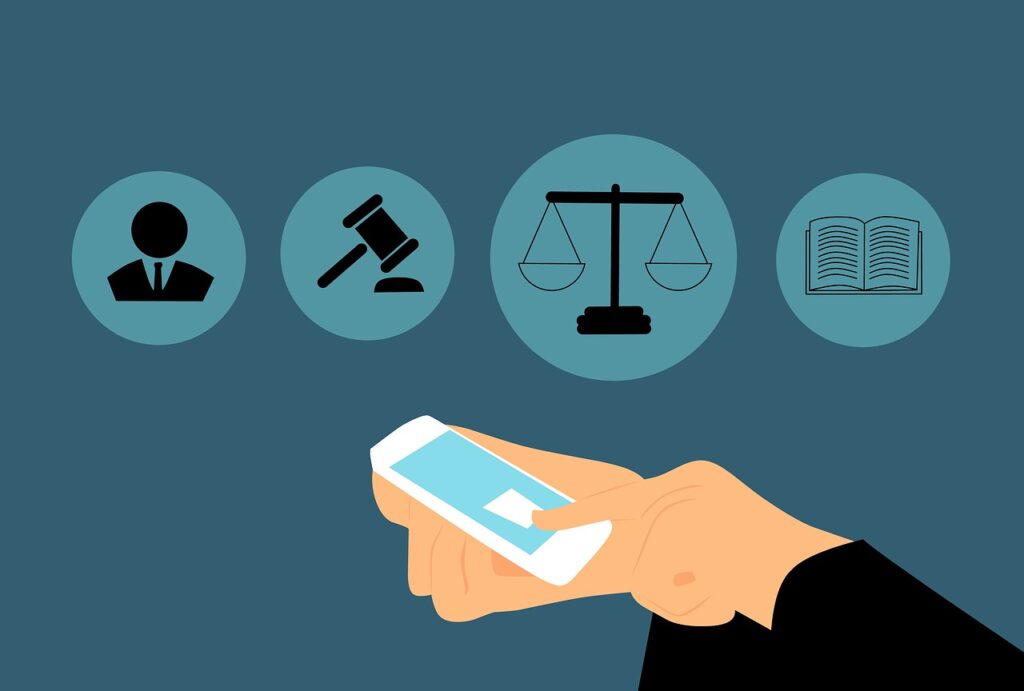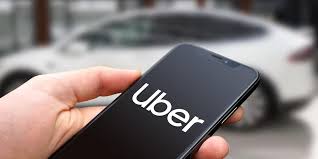Uber’s Responsibility for Accidents Caused by Navigation Apps: Legal Implications

In the modern era, technology has significantly transformed the way people move from one place to another. Ride-sharing services like Uber have revolutionized transportation, offering convenience and accessibility to millions of users worldwide. However, with this technological advancement comes a new set of challenges, particularly concerning the responsibility of companies like Uber in accidents caused by navigation apps. This article delves into the legal implications surrounding Uber’s accountability in such scenarios.
Overview of Navigation Apps and Accidents
Navigation apps play a crucial role in guiding drivers to their destinations efficiently. Companies like Uber heavily rely on these applications to connect drivers with passengers and ensure smooth rides. However, despite their benefits, navigation apps can sometimes lead to accidents due to various factors such as incorrect directions, outdated maps, or distractions caused by excessive reliance on the app.
Legal Framework Governing Liability in Accidents
When an accident occurs involving an Uber driver who was using a navigation app at the time, questions arise regarding liability and responsibility. The legal framework governing such situations is complex and varies depending on several factors, including jurisdiction, contractual agreements between Uber and its drivers, insurance coverage, and the specific circumstances of the accident.
Uber’s Role and Potential Liability
Uber’s role in accidents caused by navigation apps is a subject of debate in legal circles. As a technology company providing a platform for ride-sharing services, Uber may argue that it is not directly responsible for accidents resulting from driver negligence or errors in navigation apps. However, plaintiffs may contend that Uber has a duty of care towards its users and should bear some level of responsibility for ensuring safe driving practices among its drivers.
Contractual Agreements and Terms of Service
The terms of service between Uber and its drivers play a significant role in determining liability in accidents involving navigation apps. These agreements often outline the responsibilities of both parties regarding safety standards, insurance coverage, and compliance with local laws. In case of disputes or legal claims arising from accidents, courts may refer to these contractual agreements to ascertain each party’s obligations.
Insurance Coverage and Claims Process
Insurance coverage is another critical aspect when assessing liability in accidents involving Uber drivers using navigation apps. Uber provides insurance coverage for its drivers during different phases of the ride-sharing process, including when the driver is en route to pick up a passenger or during an ongoing trip. Determining which insurance policy applies in a specific accident scenario can be complex and may involve negotiations between multiple parties.

Precedents and Case Law
Precedents set by previous court cases can significantly influence how liability is determined in accidents involving navigation apps used by Uber drivers. Courts may look at similar cases where technology companies were held liable for accidents caused by their platforms or services to establish legal precedents that guide decision-making in current disputes.
Regulatory Compliance and Industry Standards
Compliance with regulatory requirements and industry standards is essential for companies like Uber to mitigate risks associated with accidents caused by navigation apps. Adhering to safety regulations, updating mapping data regularly, providing adequate training to drivers on app usage, and implementing mechanisms to report app malfunctions are some measures that can help enhance safety standards within the ride-sharing industry.
Conclusion
In conclusion, the legal implications surrounding Uber’s responsibility for accidents caused by navigation apps are multifaceted and require careful consideration of various factors. While technology has undoubtedly brought about positive changes in transportation services, it also raises important questions regarding accountability and liability when accidents occur. Navigating through these complexities necessitates a thorough understanding of contractual agreements, insurance coverage policies, regulatory compliance requirements, and established legal precedents.
Top 3 Authoritative Sources Used:
- Harvard Law Review
- National Highway Traffic Safety Administration (NHTSA)
- American Bar Association (ABA)
The Harvard Law Review provides scholarly articles and analyses on legal issues related to technology companies’ liabilities in accidents caused by their services. The National Highway Traffic Safety Administration (NHTSA) offers valuable insights into road safety regulations and guidelines that impact liability considerations in transportation-related accidents. The American Bar Association (ABA) publishes resources on legal trends and developments concerning ride-sharing services’ responsibilities in ensuring user safety during trips facilitated by navigation apps.



